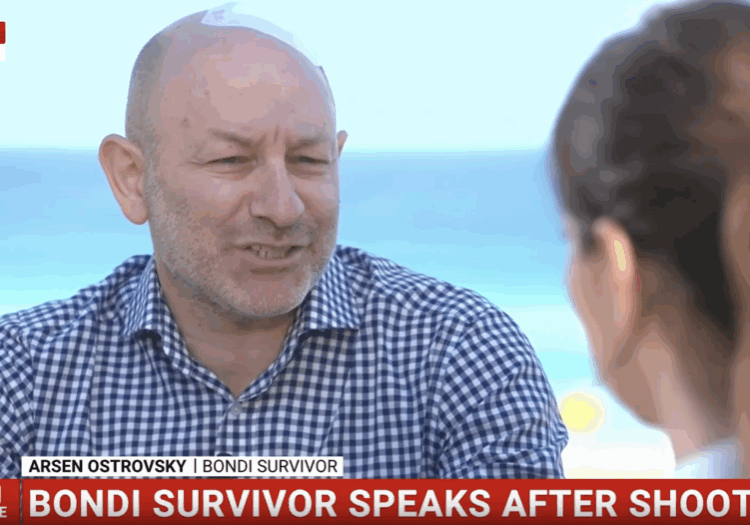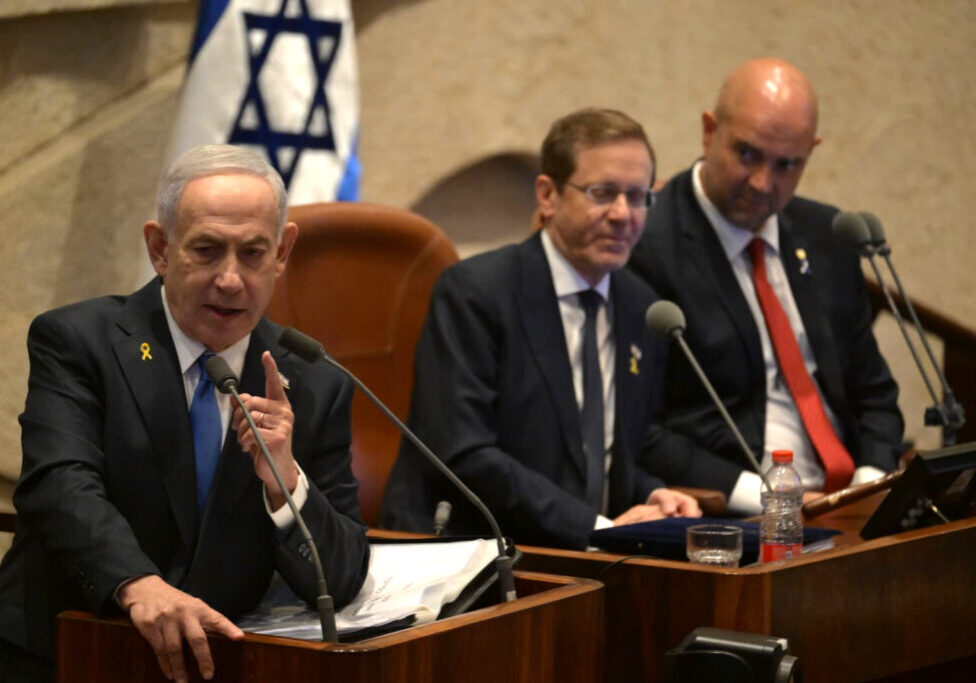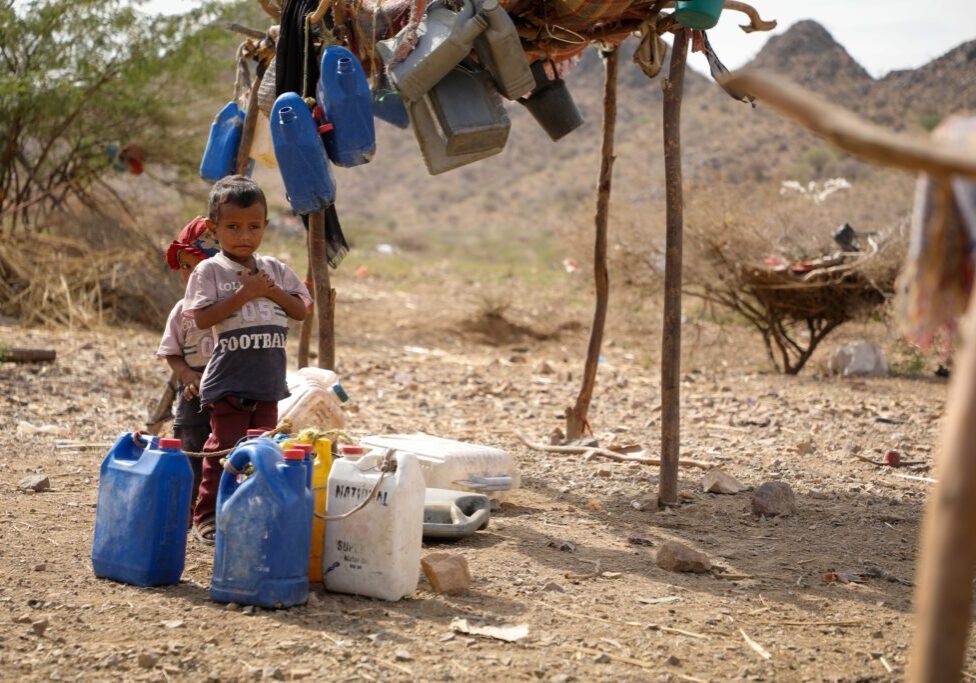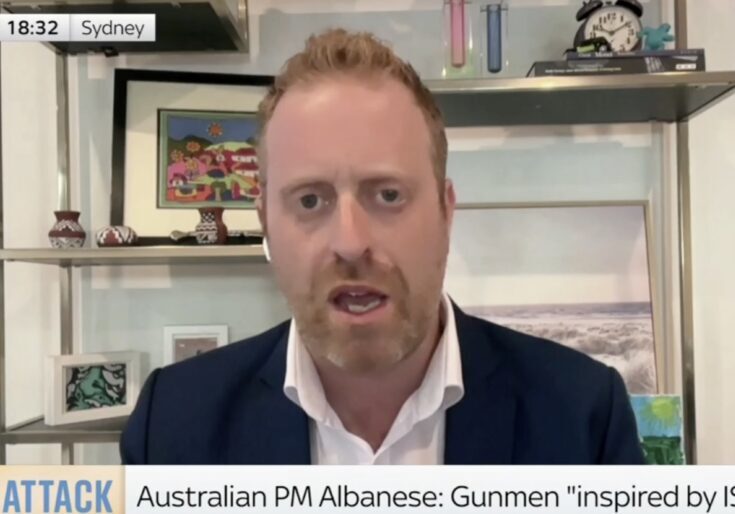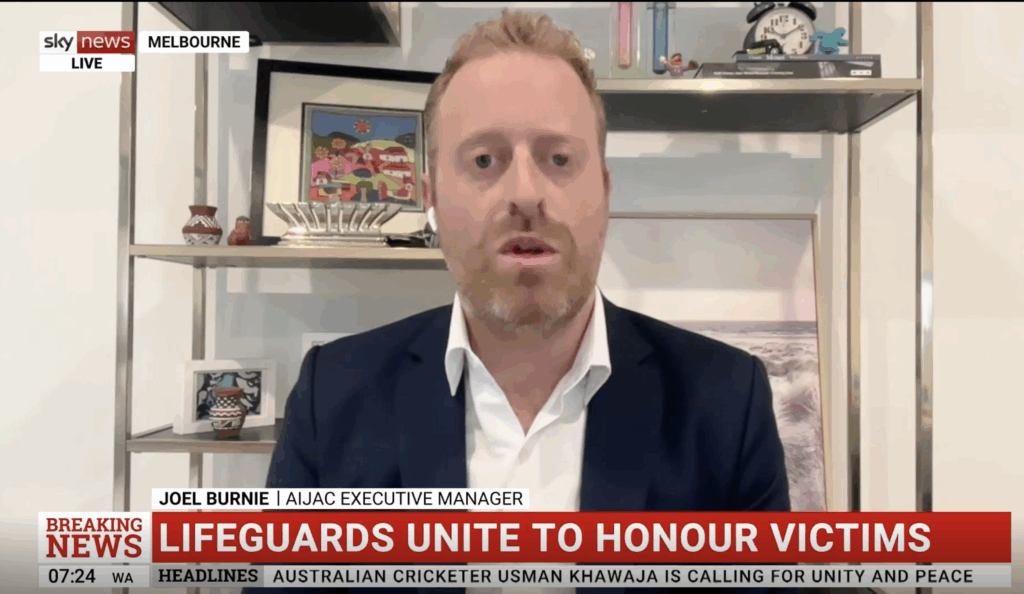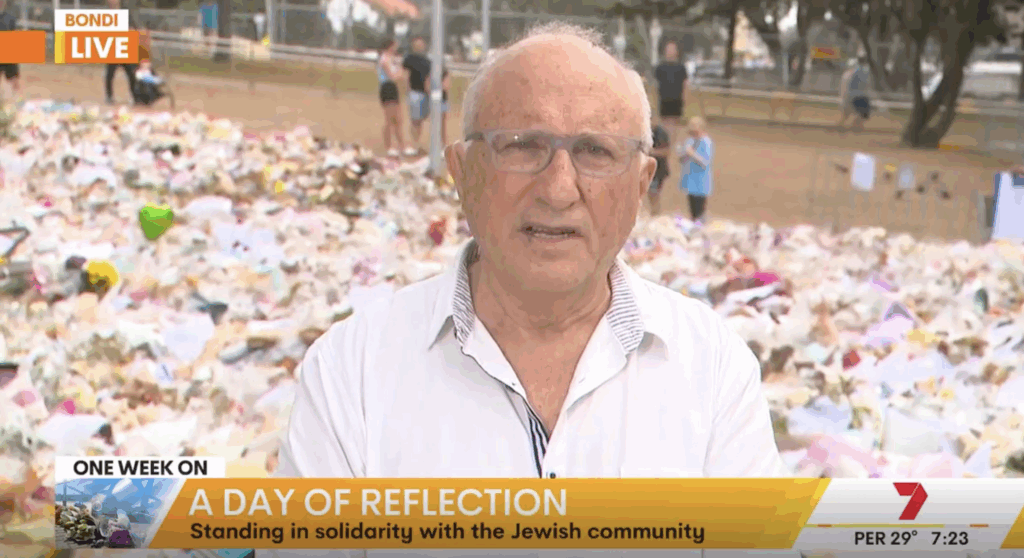FRESH AIR
UPDATES
Australia and historical revisionism at Turtle Bay
December 13, 2016 | Allon Lee
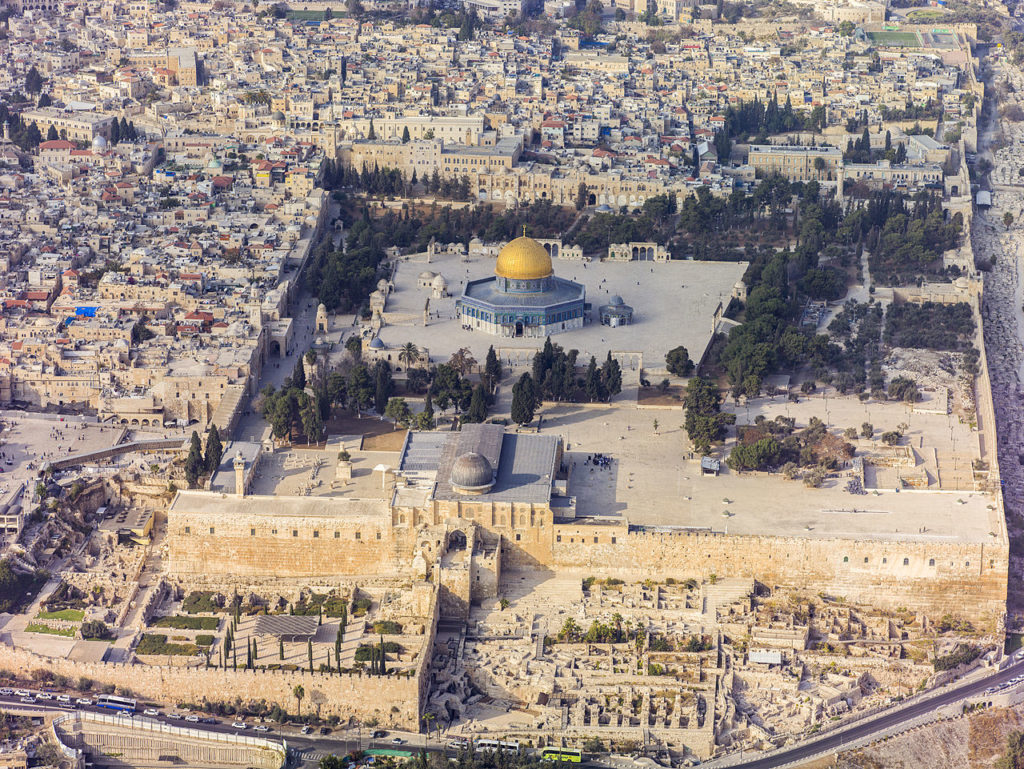
Every year, come November and December, the United Nations General Assembly (UNGA) ritualistically passes 20 resolutions that are one-sidedly anti-Israel.
Like a hall of mirrors these resolutions echo each other, distorting language and truth in an attempt to demonise and traduce Israel’s reputation and legitimacy.
No other country comes even close to being condemned en masse and so overwhelmingly as Israel. In fact, thanks to the dominance of the Arab and Muslim caucuses of the UN over the Non-Aligned Movement, which in turn constitutes a majority of UN member states, there are more resolutions condemning Israel than all the other countries of the world put together.
After decades of repetition, these resolutions are deeply entrenched in the UN’s tribal rites and every year the tally of countries that vote yea, nay or abstain remains largely unchanged.
Australia’s voting record on the resolutions, whilst not perfect, is markedly superior to most UN member states.
Over many decades, Australian governments of both political persuasions have shown great leadership in looking at the merits of these resolutions, opposing or abstaining on the most pernicious and one-sided anti-Israel resolutions, rather than falling into line with the majority.
So it is disappointing that one resolution called “Jerusalem” (A/RES/71/25), which cries out for Australia to vote “no”, has seen us choosing to abstain.
The resolution is a litany of accusations against Israel that are rooted in some alternate universe where relentless Palestinian incitement to murder, acts of terrorism and rejection of peace plans never occur. But more importantly, it has become part of a wider campaign to deny any Jewish links to Jerusalem or the land of Israel more generally.
Curiously, unlike most of the UNGA resolutions, our position on the “Jerusalem” resolution has flip-flopped over the last 12 years.
In November 2004, the Howard Government voted in favour. The following year it decided to abstain.
Since then “abstain” has remained the status quo position for Australia on this particular resolution.
The important thing to note, however, is that, while our vote has remained unchanged, the text of the Jerusalem resolution has not.
As part of its ongoing campaign to internationalise the conflict and avoid making the necessary compromises for peace, the Palestinian Authority, with the assistance of the large blocs of Arab and majority Muslim UN members, has ensured that its text has become even more one sided, crossing over into historical revisionism.
In lock step with recent UNESCO resolutions that deliberately only refer to holy sites in Jerusalem by their Muslim titles, thus demoting and excluding the importance of the city’s holy sites to Jews and Christians, since November 2015, the Jerusalem resolution now includes a section “expressing its grave concern, in particular, about tensions, provocations and incitement regarding the holy places of Jerusalem, including the Haram al Sharif, and urging restraint and respect for the sanctity of the holy sites by all sides”.
Thus, while the resolution refers to the Muslim name of Jerusalem’s Temple Mount, it never uses the Jewish and Christian terms, and includes no indication it is anything but a wholly Muslim holy place.
The contentiousness of the resolution has not gone unnoticed by some member states.
During this year’s General Assembly discussion on the Jerusalem resolution (which was voted on Nov. 30 along with five other recurrent Israeli-Palestinian related resolutions), Slovakia’s representative Richard Galbavy, speaking on behalf of the EU, alluded to the problematic nature of the Jerusalem resolution, saying:
Some of the resolutions that had been adopted had also referred to the holy sites in Jerusalem. The European Union remained concerned at worrying developments and recurrent violent clashes at the Temple Mount/Al Haram al-Sharif. The European Union stressed the need for language on the holy sites of Jerusalem to reflect their importance and historical significance for the three monotheistic religions.
Of course, Slovakia still voted in favour of it, together with all other EU countries.
The resolution ignores the fact that both Hamas and the Palestinian Authority have been actively engaged in inciting Palestinians to commit violence against Jews using the utterly false claim that the Haram al-Sharif, as the resolution refers to it, is under imminent threat of destruction.
The resolution is also problematic in whitewashing Israel’s offers made in 2000, 2001 and 2007/08 to create a Palestinian state that would include a share of the Arab neighbourhoods of Jerusalem, and provide Palestinian sovereignty or control over the Temple Mount/Haram al-Sharif – but which were rejected by the both Yasser Arafat and current Palestinian President Mahmoud Abbas.
On Nov. 24 2015, while discussing the six resolutions, Luxembourg’s representative Olivier Maes used inclusive language referring to the Al-Haram Al-Sharif/Temple Mount and added that “we fully acknowledge the special role of Jordan in relation to the Muslim holy shrines in Jerusalem.”
It is significant that Maes mentioned Jordan because the Jerusalem resolution whilst attacking Israel does not acknowledge that the Palestinian Authority rejected an agreement brokered by Israel and Jordan to reduce tensions by installing security cameras on the Temple Mount to prevent violence breaking out or at least reveal the real cause of any violence.
Moreover, Jordan, of course, was the country that obliterated the Jewish character of Jerusalem’s Old City in the period between 1949 and 1967 when it controlled the West Bank. Every Jewish resident living in the Old City and east Jerusalem was expelled and dozens of synagogues, many centuries old, were desecrated and destroyed.
Arab countries have been highly complicit in this latest attempt to whitewash the Jewish character of Jerusalem – which has had a clear Jewish majority since at least the 19th century and a substantial Jewish population for thousands of years.
Without a shred of irony, during the Nov 30 2016 UNGA discussion on the six resolutions, Jamal Jama Ahmed Abdulla Al Musharakh, Deputy Permanent Representative of the United Arab Emirates to the UN, accused Israel of taking “illegal measures to change the character of Jerusalem”.
Likewise during the same session Abeer Davish (Saudi Arabia) called for “the preservation of the Arab nature of those areas”.
This is baseless propaganda. There are more Arabs in Jerusalem than there were before the area came under Israeli control in 1967 both numerically and as a proportion of the total residents of the city.
Following the passage of the UNESCO resolution on Oct. 26 2016, Australian Foreign Minister Julie Bishop, to her credit, wrote to the Executive Council of Australian Jewry condemning “the use of only the Islamic names of the holy sites” and adding that “this wording could be seen as an attempt to alter the status quo at these Jewish and Islamic holy sites.”
Furthermore, she wrote, “I am dismayed and disappointed that this draft decision was adopted by the UNESCO Executive Board… It reflects poorly on UNESCO as an institution.”
Australia is not a voting member of UNESCO. However, given Australia’s strong statement on UNESCO perhaps next November the government should consider no longer abstaining on the “Jerusalem” resolution but openly opposing this blatant attempt to politicise a city that is holy to the world’s three monotheistic religions.
We should do so in the tradition of Australia’s long history as one of the few principled and courageous nations willing to vote on the basis of facts and not propaganda at the UN – but also out of a recognition that to be complicit in the Palestinian campaign to re-write history is completely contrary to our declared bipartisan goal of seeking to advance a genuine two-state outcome.
– Allon Lee
Tags: Anti-Zionism
RELATED ARTICLES

The Government’s actions still fall short: Joel Burnie on FDD Morning Brief
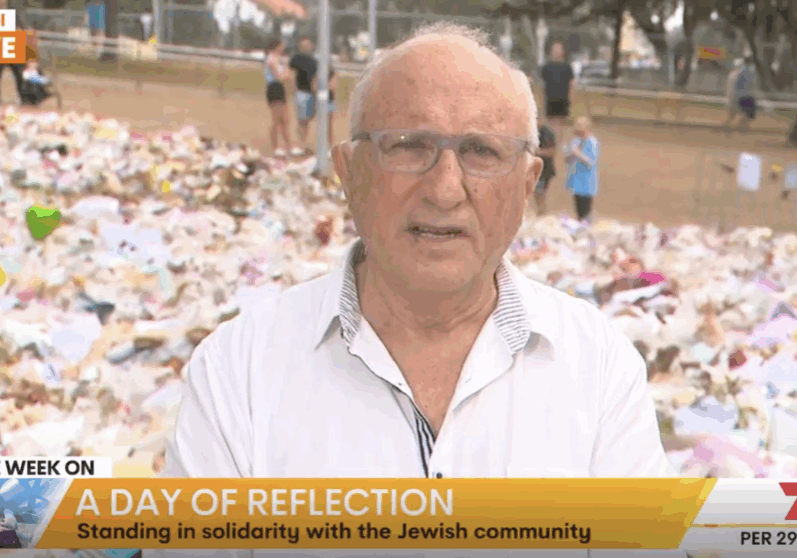
“The writing was on the wall for a number of years”: Colin Rubenstein on Channel 7 Weekend Sunrise
